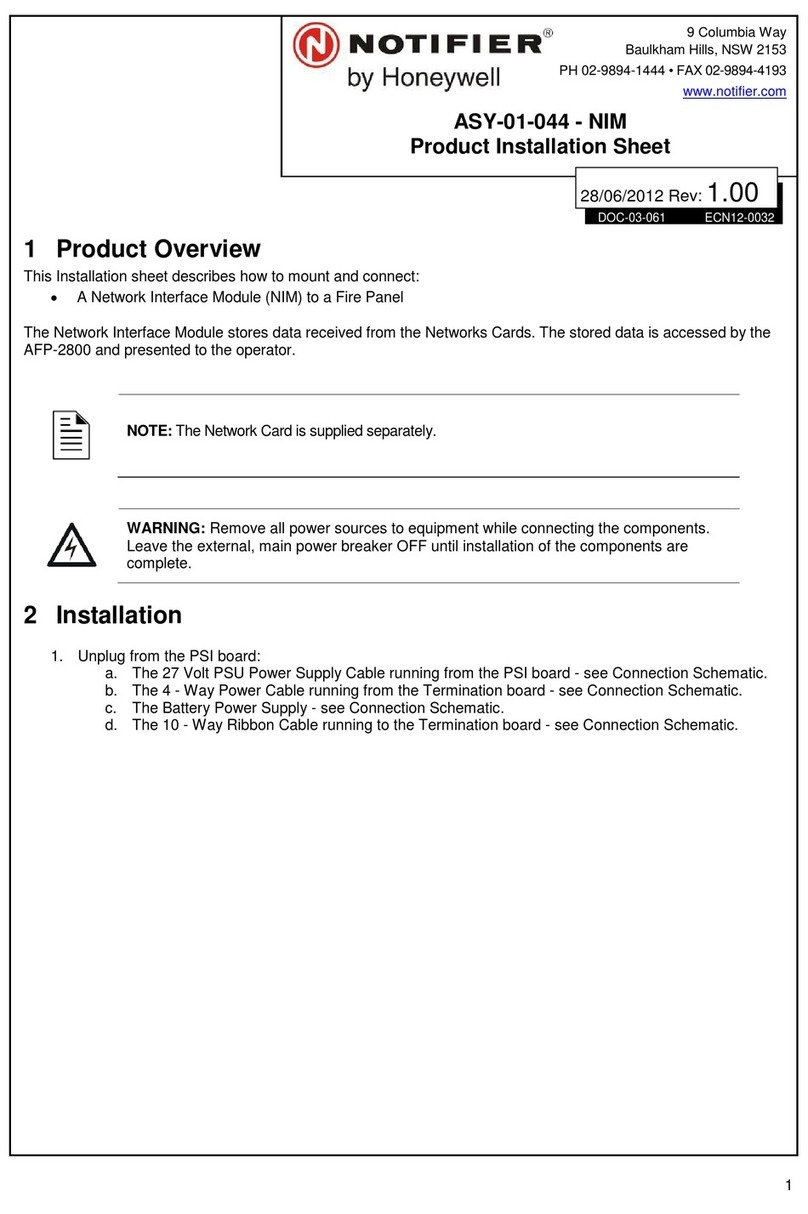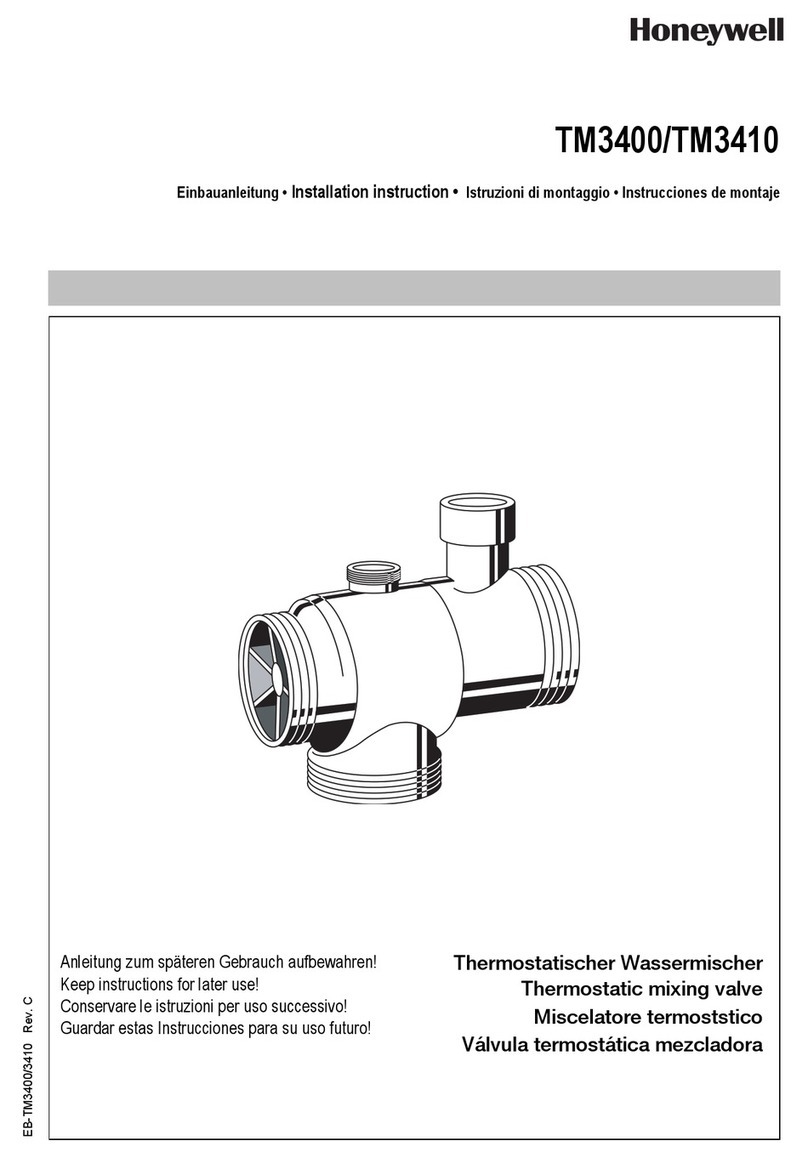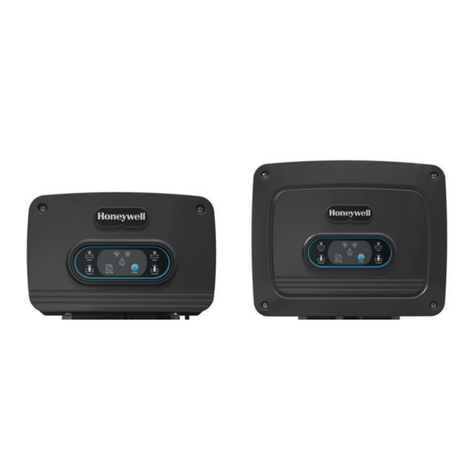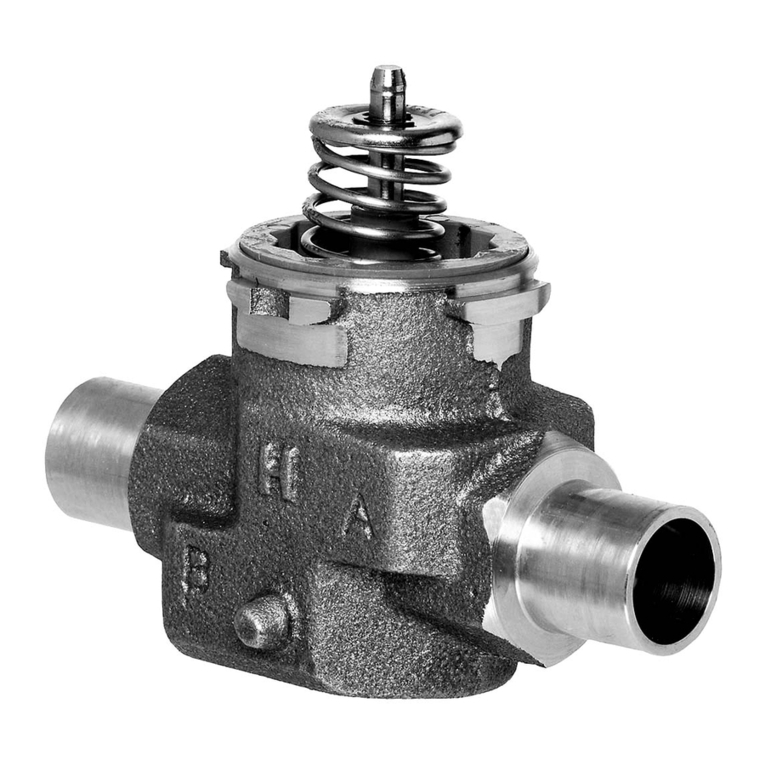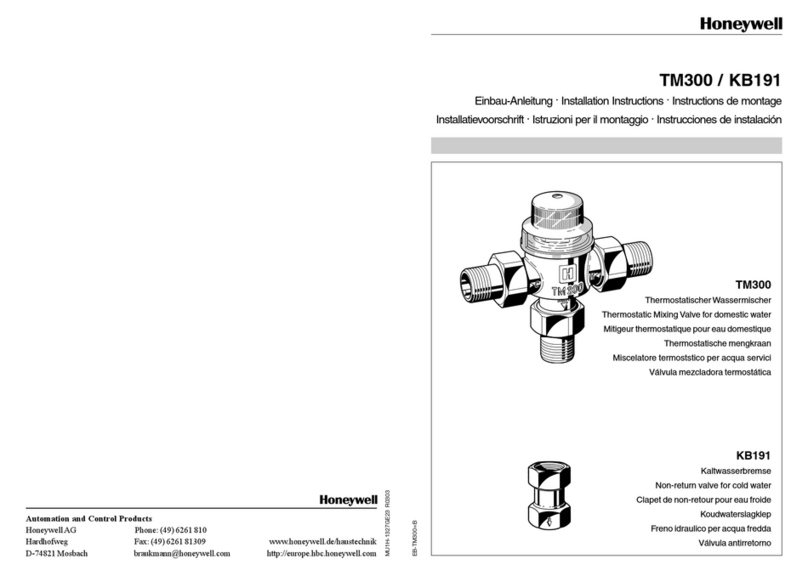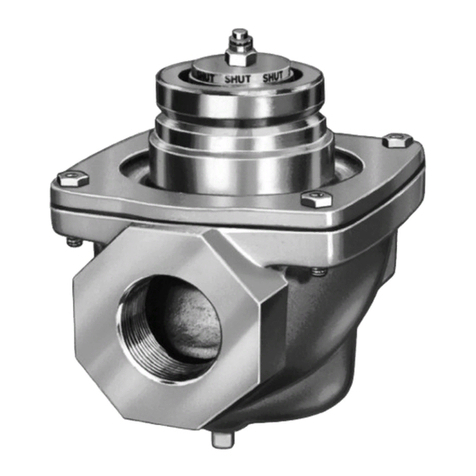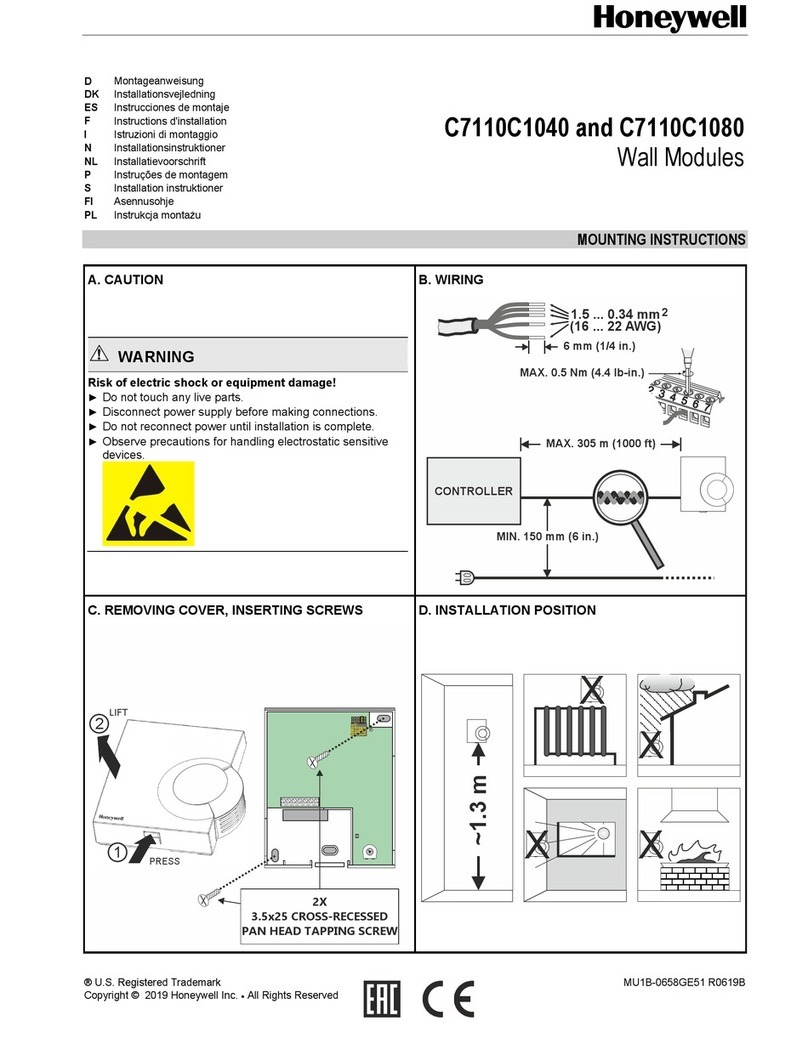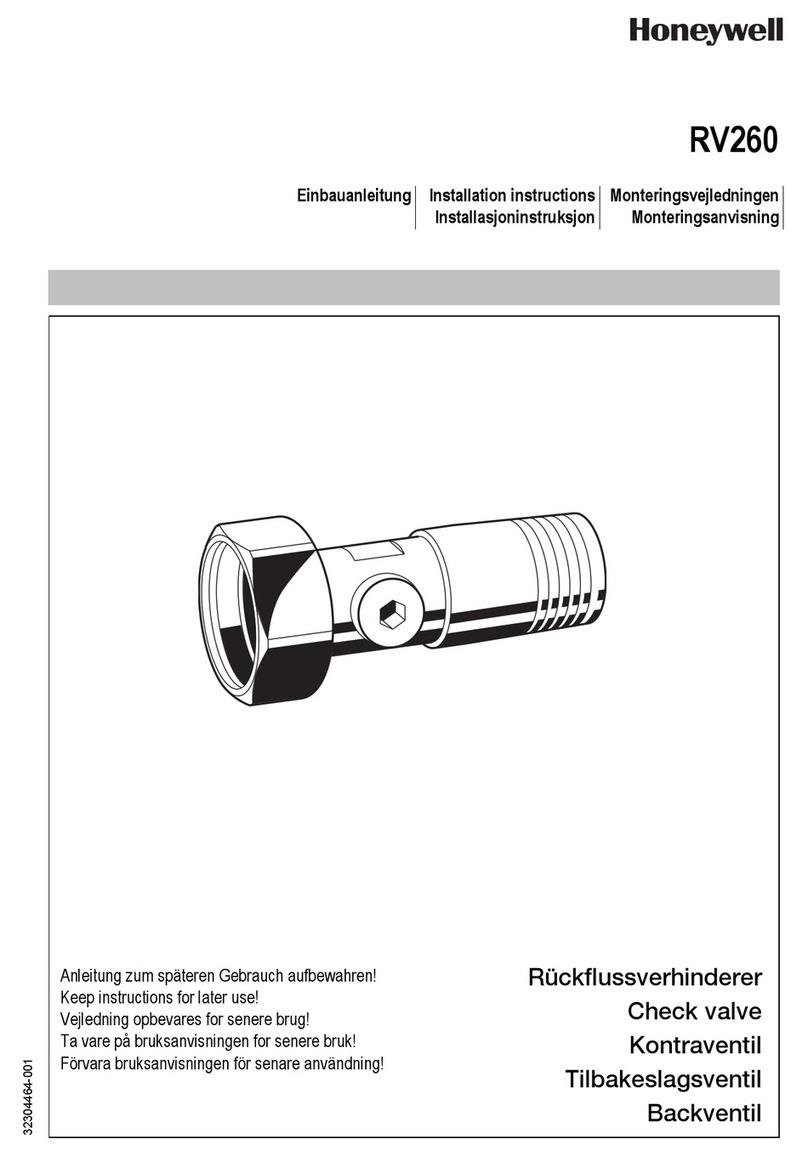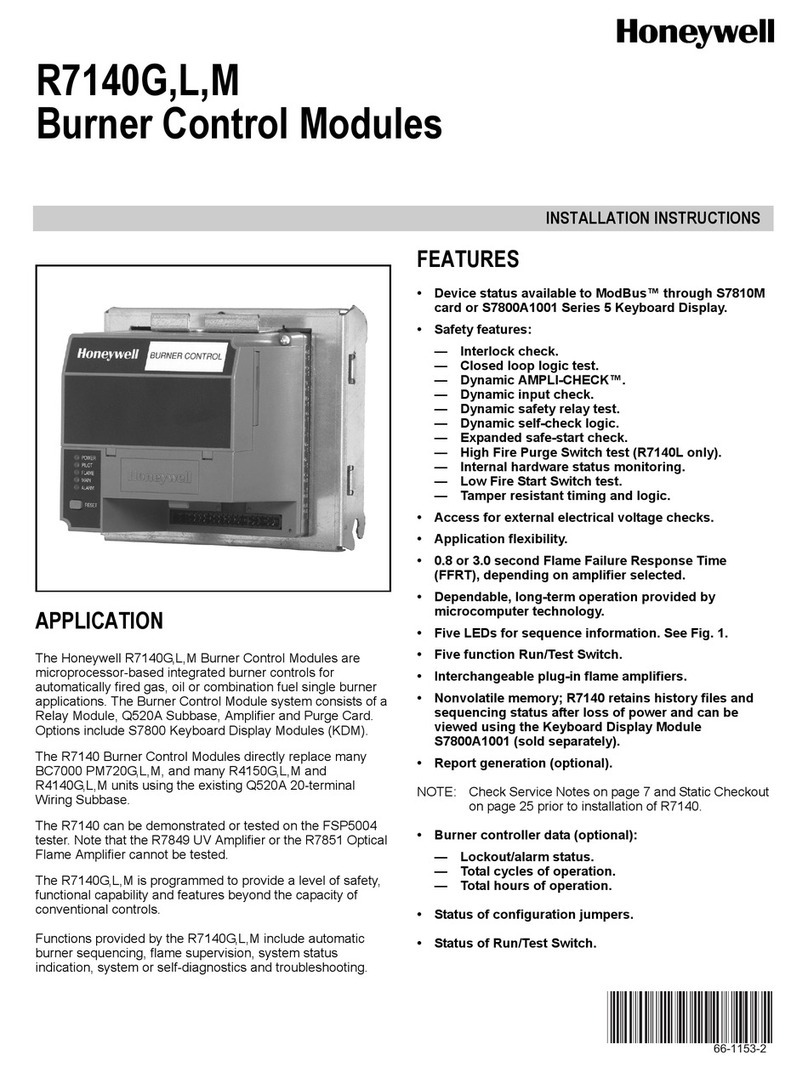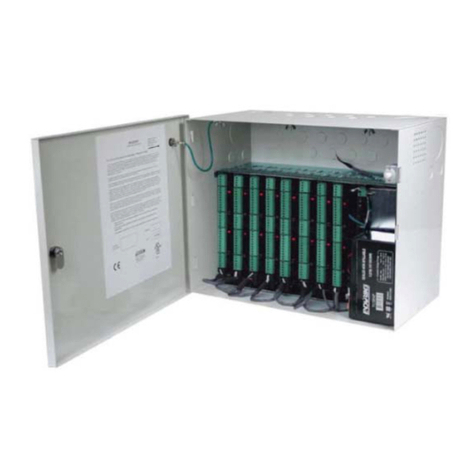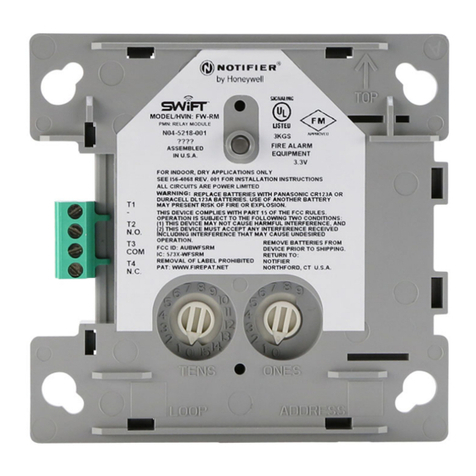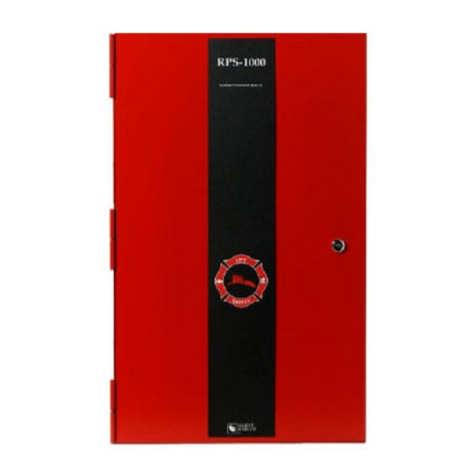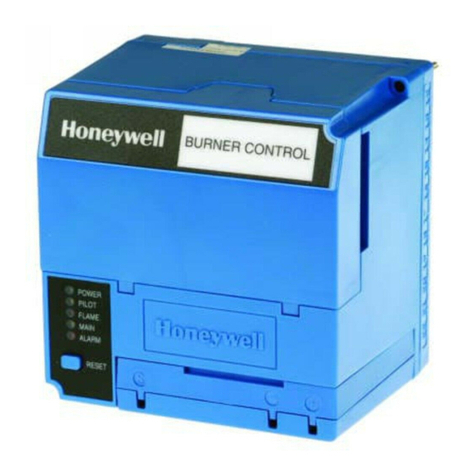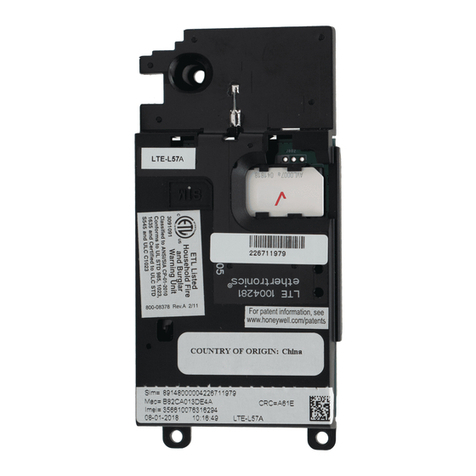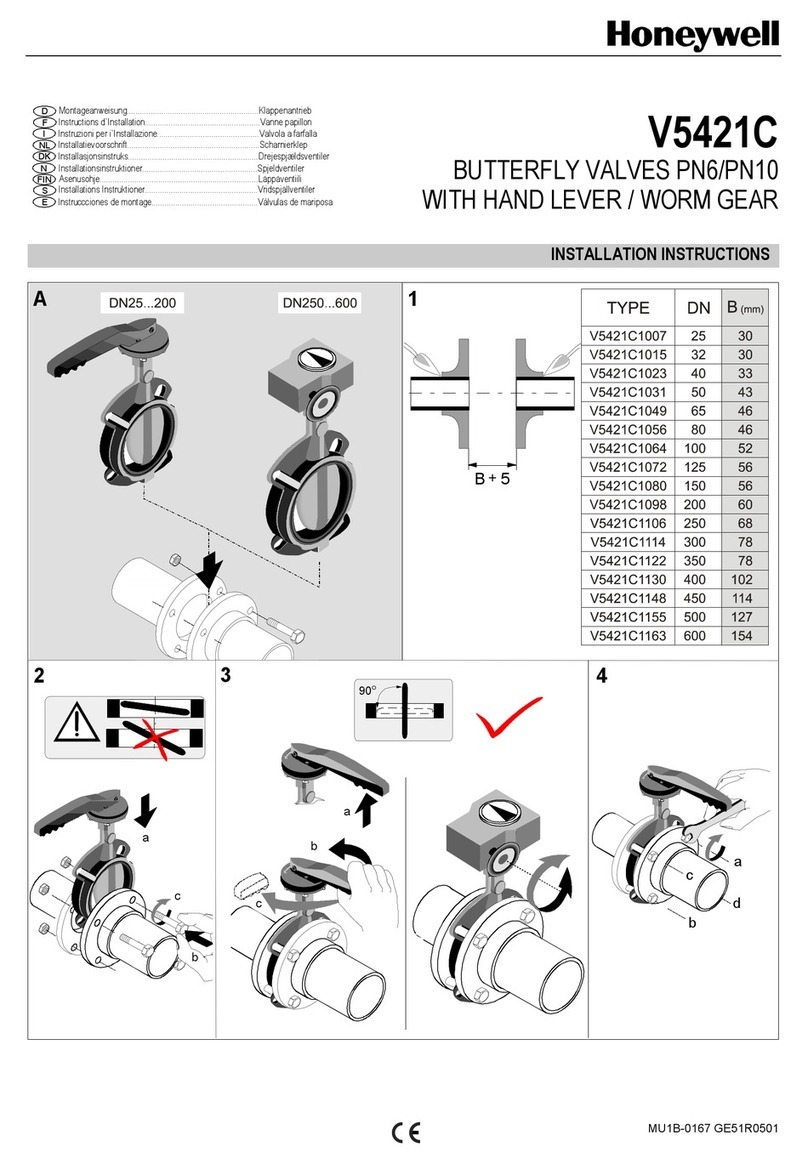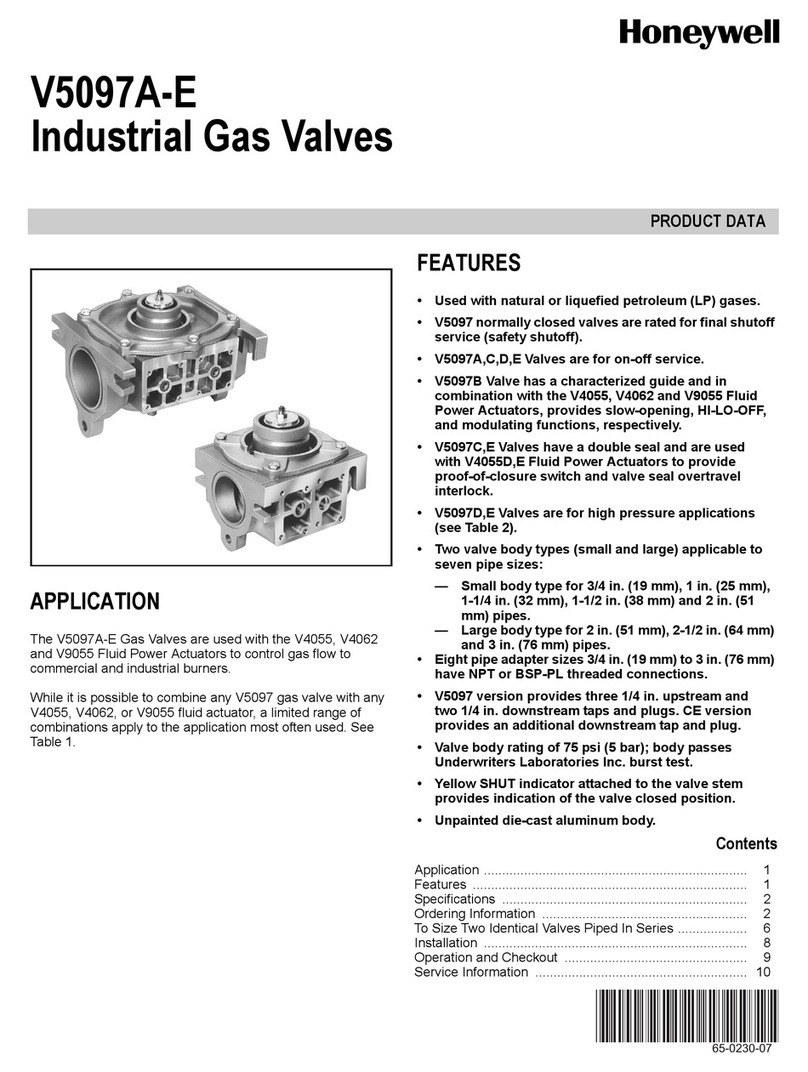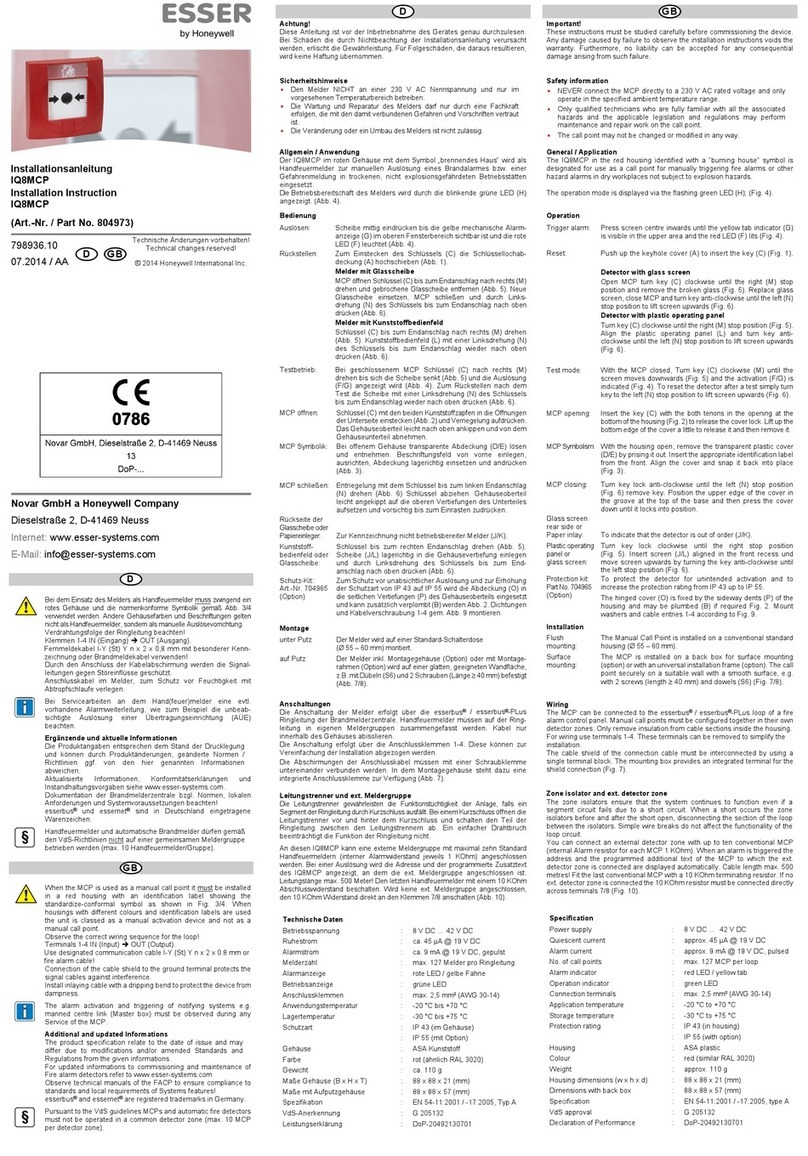
CAUTION
1. Disconnect power supply before beginning wiring
to prevent electrical shock or equipment damage.
2. If a new gas control is to be installed, turn off gas
supply before starting installation. Conduct Gas
Leak Test according to gas control manufac
turer’s instructions after the gas control is in
stalled.
3. If module must be mounted near moisture or
water, provide suitable waterproof enclosure.
PERFORM PREINSTALLATION SAFETY INSPECTION
If this is a replacement installation, check the appliance
and venting system carefully before installing new module.
If a condition which could result in unsafe operation is
detected, the appliance should be shut off and the owner
advised of the unsafe condition. Any potentially unsafe
condition must be corrected before proceeding with the
installation.
MAINTENANCE REQUIREMENTS IN SEVERE ENVI
RONMENTS
Regular preventive maintenance is important in any ap
plication, but especially so in agricultural and industrial
applications because
• In many such applications, the equipment operates
100,000-200,000 cycles per year. Such heavy cy
cling can wear out the gas control in one to two years.
A normal forced air furnace, for which the controls
were originally intended, typically operates less than
20,000 cycles per year.
• Exposure to water, dirt, chemicals, and heat can
damage the module or the gas control and shut
down the control system. A NEMA 4 enclosure can
reduce exposure to environmental contaminants.
See Electronic Ignition Sen/ice Manual, form 70
6604.
The maintenance program should include regular
checkout of the system as outlined under Checkout, page
11. WARNING
FIRE OR EXPLOSION HAZARD
MAY CAUSE PROPERTY DAMAGE, SEVERE
INJURY OR DEATH
Do not attempt to take the module apart or to
lean it. Improper reassembly and leaning may
ause unreliable operation.
Maintenance frequency must be determined individu
ally for each application. Some considerations are:
• Cycling frequency. Appliances that may cycle more
than 20,000 times annually should be checked
monthly.
• Intermittent u e. Appliances that are used season
ally should be checked before shutdown and again
before the next use.
• Con equence of unexpected hutdown. Where the
cost of an unexpected shutdown would be high, the
system should be checked more often.
• Du ty, wet, or corro ive environment. Since these
environments can cause the controls to deteriorate
more rapidly, the system should be checked more
often. Protective enclosures, as outlined under
"Planning the Installation”, are recommended re
gardless of checkout frequency.
Any control should be replaced if it does not perform
properly on checkout or troubleshooting. In addition, re
place any module if it is wet or looks like it has ever been
wet.
MOUNT IGNITION MODULE
Select a location close enough to the burner to allow a
short, direct cable route to the igniter. Ambient tempera
ture at the module must be within the range of minus 40°
F to plus 175° F [minus 40° С to plus 79° С]. The module
must be protected from water, moisture, corrosive chemi
cals and excessive dust and grease.
The module can be mounted in any position. Fasten
securely with four No. 6-32 machine or No. 8 sheetmetal
screws 1 in. [25 mm] long.
MOUNT THE SYSTEM CONTROLS
Mount any required controls, such as the gas control,
hot surface igniter, flame sensor, thermostat, limit and
transformer according to manufacturer’s instructions.
WIRE THE SYSTEM
_______________________________
CAUTION
1. Check the wiring diagram furnished by the appli
ance manufacturer, if available, for circuits differ
ing from the wiring hookups shown. Carefully
follow any special instructions affecting the gen
eral procedures outlined below.
2. Disconnect the power supply before making wir
ing connections to prevent electrical shock or
equipment damage.
------------------------
IMPORTANT
------------------------
1. All wiring must comply with applicable electrical
codes and ordinances.
2. When installing the hot surface igniter, the lead-
wires should be kept as short as possible and
should not be allowed to rest against grounded
metal surfaces.
3. A common ground is required for the S89/S890
and the main burner. The 24 V (GND) terminal
internally grounds one side of the transformer.
Any auxiliary controls or limits must not be in the
grounded leg. In addition, the appliance should
be earth-grounded.
4. Make surethetransformer has adequate VA. The
ignition module requires at least 0.2 A at 24 Vac.
Add the current draws of all other devices in the
control circuit, including the gas control, and
multiply by 24 to determine the total VA require
ment of these components. Add this total to 4.8
VA (forthe ignition module). The result is the mini
mum transformer VA rating. Use a Class II trans
former if replacement is required.
5. Check that L1 (hot) and L2 (neutral) are wired to
the proper terminals. If L1 and L2 are inter
changed, the S89/S890 will not detect the flame,
and will go into safety shutdown.
Conne t Igniter
Prepare wiring harness. See Igniter wiring, page 3.
1. On models with quick connects, use insulated 1 /4 in.
female quick connects to connect the wiring harness leads
to the HSI terminals on the ignition module.
2. On models with leadwires, use solderless connectors
to connect the wiring harness leads to the blue leads from
the module.
3. Connect the wiring harness to the igniter.
568-0070—1

